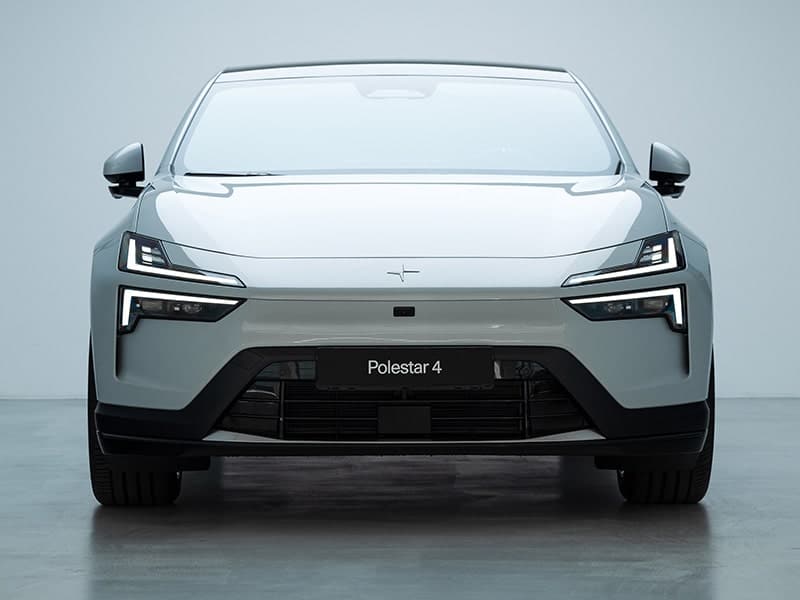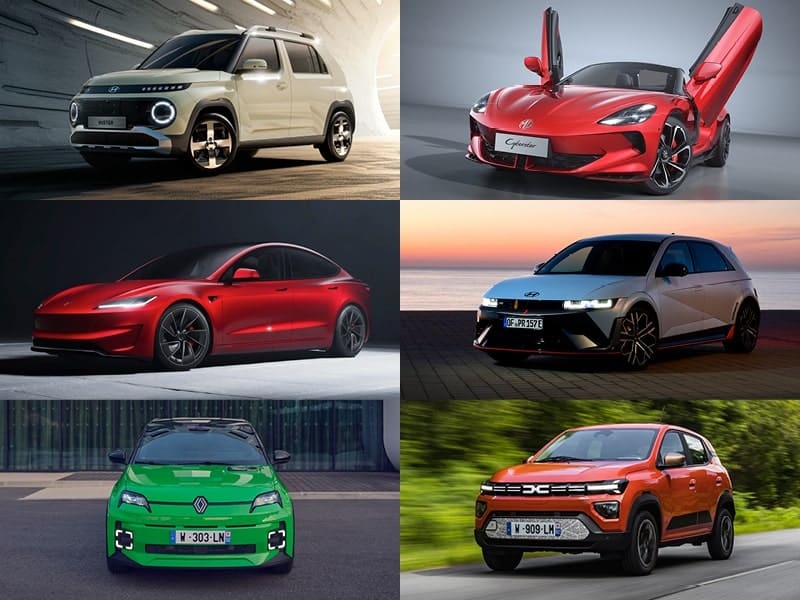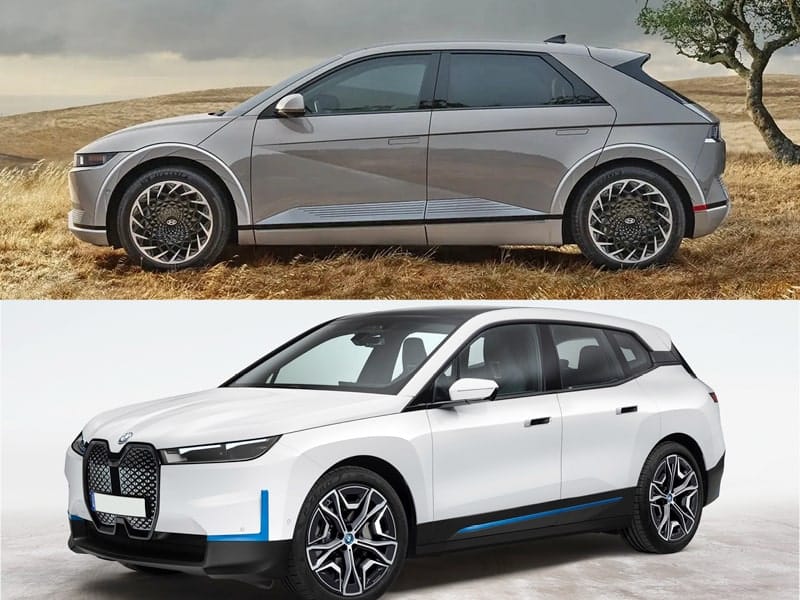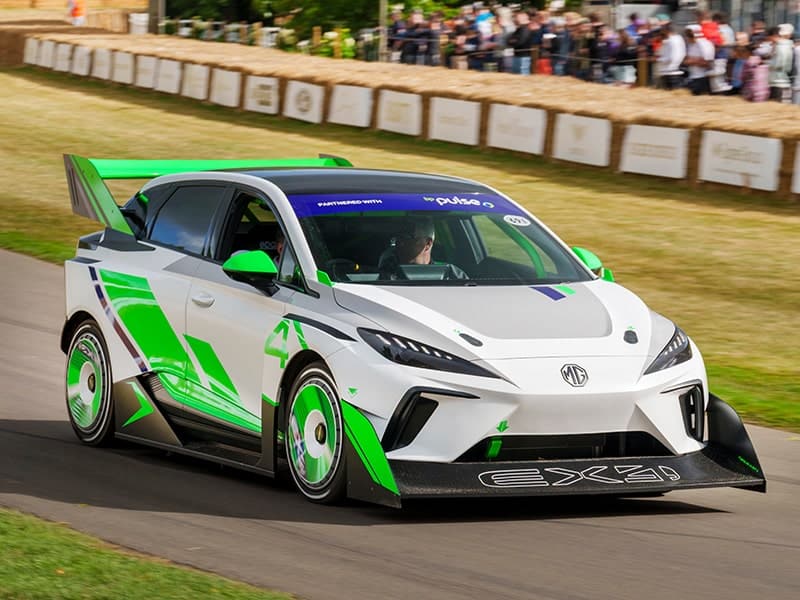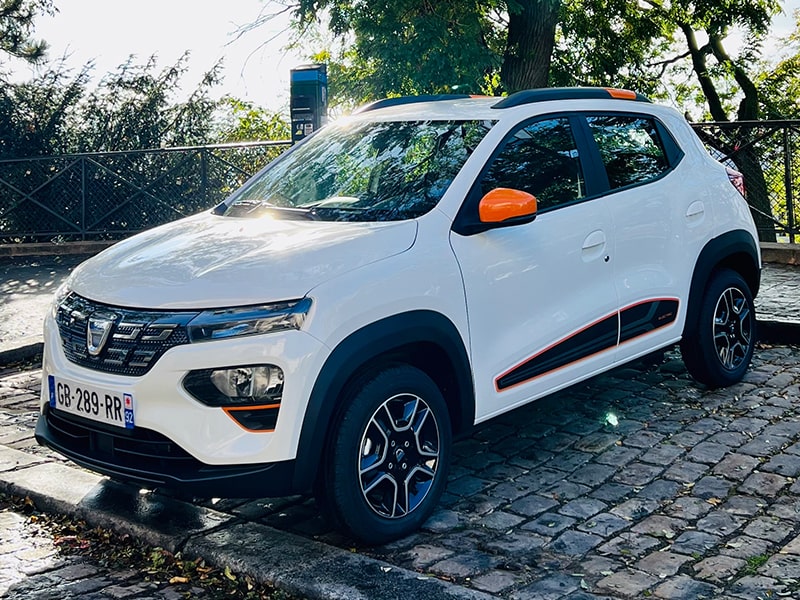
Every now and then in this silly old job of mine, I get a glimpse into the future. Which is to say I am shown a product or technology which is so impressive, so groundbreaking, which makes so much damn sense, that I get the sense I am looking at something that will play a major part in our lives in the coming years.
I felt it when Aymeric Libeau, founder of Transition One, showed me his one-size-fits-all €5,000 EV conversion kit. And I felt it again when John Holland of Momentum Dynamics showed me his wireless charging Jaguar I-Pace.
Now, I freely admit it’s easy to miss what exactly the big deal is here. After all, my phone has the capability to charge wirelessly, but do I make use of that fact? Nope – because the old-fashioned way works just fine for me. I’m certainly not suggesting that all electric car charging will be done wirelessly in the future – the wired method will continue to work just fine for most of us, most of the time – but in some specific use cases, this technology is nothing short of a complete and utter game changer.
An example then. Let’s say you own a taxi company and, being the well-intentioned climate change-conscious type, you decide you want to swap your fleet of diesel cars out for electric ones. The first issue is that electric cars are jolly expensive – more expensive than equivalent ICE models. The bigger problem is that, to replace one diesel cab, you’d actually need two electric ones – one for the morning shift, one to do the afternoon shift while the first one, which has run out of battery, charges.
But now imagine that your taxi has the ability to charge wirelessly and that, at every taxi rank in the city, wireless charging mats are mounted in the floor. All of a sudden, charging happens without you even realising. Whenever a driver is sat at a taxi rank awaiting a passenger, power is seeping into the battery pack, adding a handful of miles in a matter of minutes. This taxi is now able to run all day long without the driver having to even consider charging.
So, thanks to wireless charging, that cabbie can now replace their one diesel cab with one electric cab and run it all day. And that’s just the most obvious benefit. Because, if that taxi is trickle charging throughout the day, is there any need for it to have a gigantic, 500kg 75kwh battery pack onboard? Absolutely not. A battery half the size, or less, would more than suffice. That makes the taxi considerably cheaper to buy, better to drive, comfier to sit in and kinder to the planet. And the bigger the vehicle the more exciting a prospect this becomes. Electric buses are currently being fitted with monstrous batteries that take an entire day to charge even at high speed. But by removing the need for enormous onboard capacity, by fitting that bus with a much smaller battery and topping it up across the day via wireless charger mounted at bus stops, that bus can be made tens of thousands of pounds cheaper to buy. It is, as the Americans say, a slam dunk.
There is no silver bullet in the electric age – which is to say no one technology will solve all problems as petrol so neatly did for us. But for any vehicle that runs on a predictable loop – buses, cabs, ambulances, and indeed other modes of transport (ferries??) – wireless charging is the answer. The benefits are numerous, the downsides non-existent. It’s the bloody future.
Watch the episode on Youtube now.

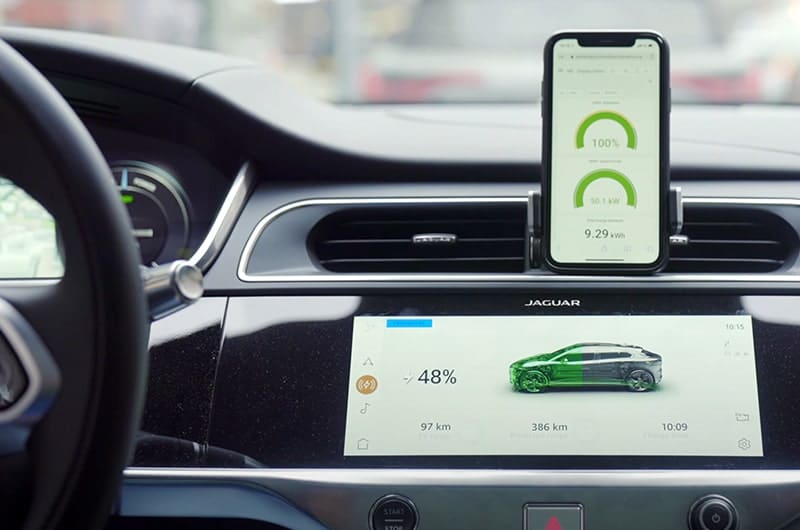
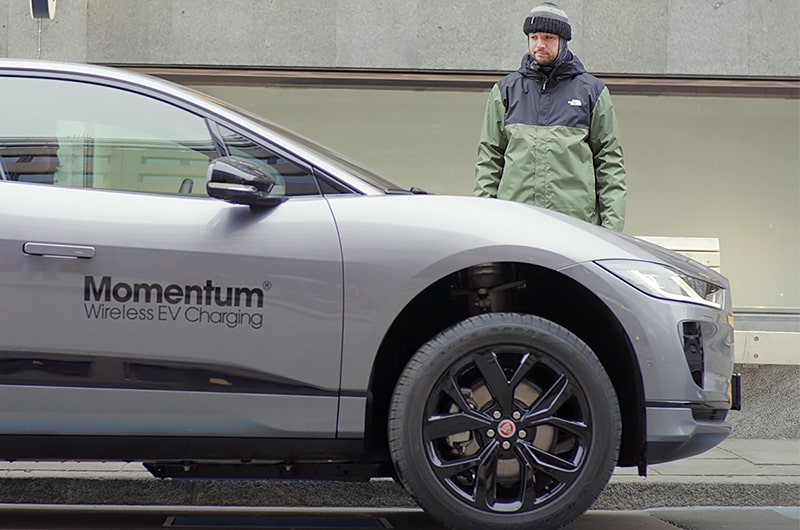
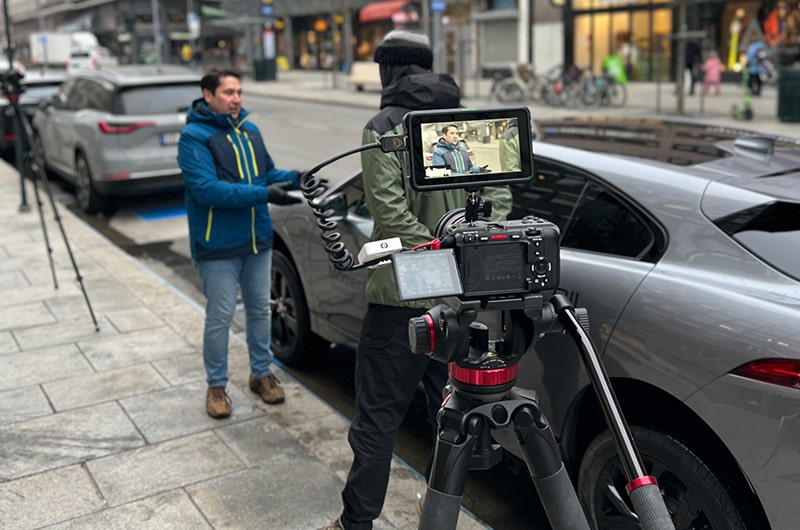
About the author
Jack is a London-based presenter, writer, and expert in all things automotive. A lifelong car fanatic and recovering petrolhead, Jack is a fully converted EV evangelist these days and, prior to joining Fully Charged, spent two years launching and fronting a new EV media brand called Electroheads.




